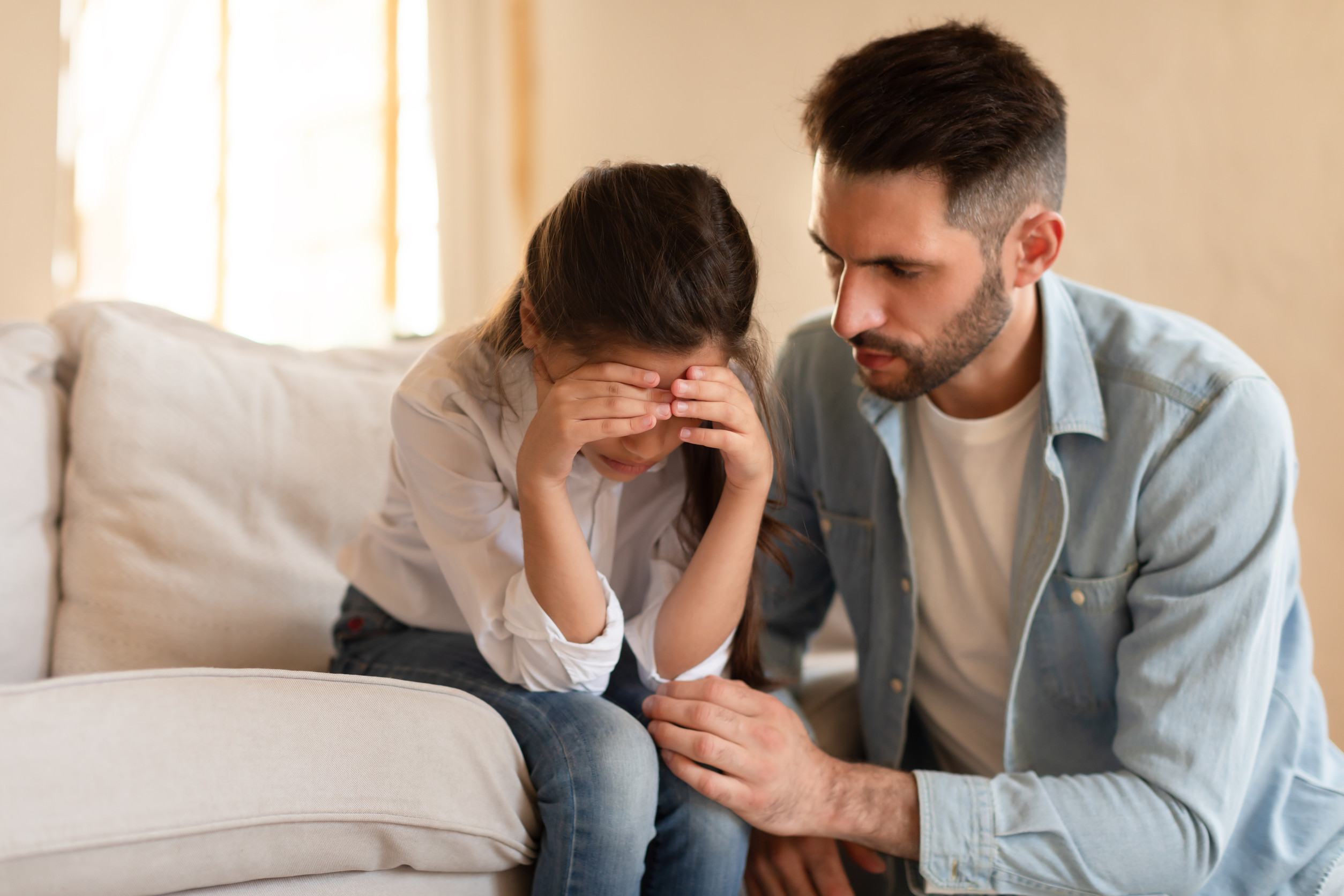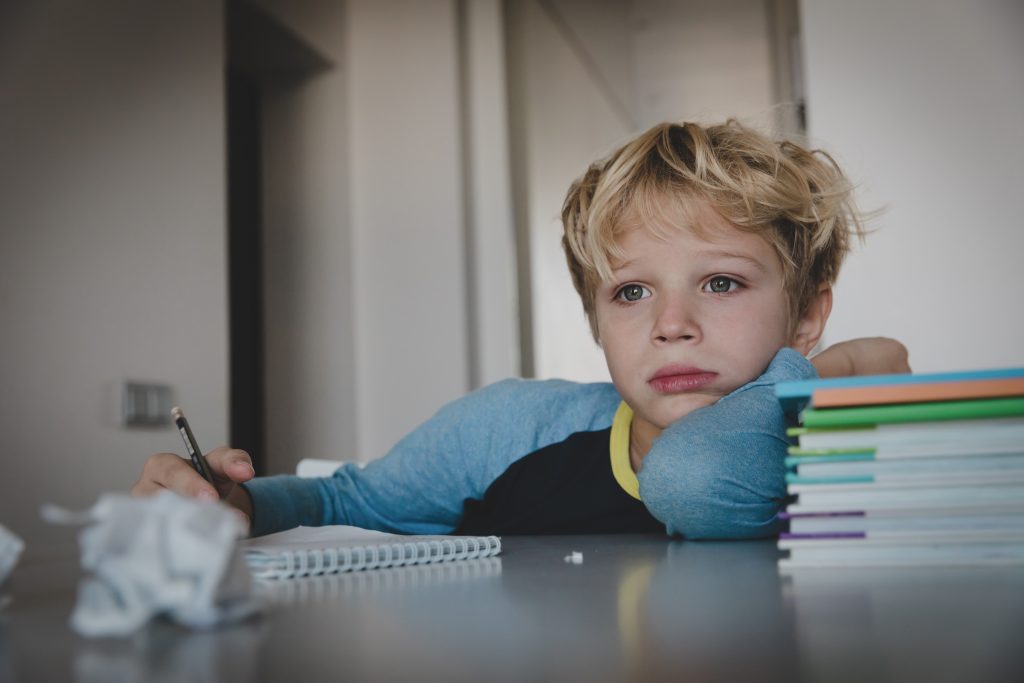Childhood is supposed to be carefree, full of imagination and harmless fun. Yet in today’s world, some activities that once seemed perfectly normal can raise red flags with neighbors, teachers, or even law enforcement. From harmless pranks to simple outdoor fun, certain behaviors may now be viewed as risky, unsafe, or even suspicious. Parents should understand how some innocent play could be misinterpreted, leading to unwanted attention from authorities. Here are nine examples of childhood games that, while common in the past, might not fly under the radar today.
1. Playing Cops and Robbers
Generations of kids grew up pretending to chase down criminals or escape as the bad guy. However, the use of toy guns or even finger-guns has become increasingly controversial. What once seemed like harmless childhood games can now be misinterpreted as a threat, especially in public spaces. Schools in particular have taken strong stances against simulated weapons of any kind. A simple game of cops and robbers could lead to disciplinary action or worse, a concerned adult calling the police.
2. Ding-Dong Ditch
This prank of ringing a doorbell and running away has entertained kids for decades. Unfortunately, some neighbors may see it less as playful mischief and more as harassment or trespassing. In neighborhoods with security cameras, ding-dong ditching is often recorded, and parents may receive angry complaints. If repeated, the authorities could become involved, and what began as childhood games quickly turns into a serious discussion about respect and property rights. It’s a clear example of how fun can cross into potential trouble.
3. Building Treehouses Without Permission
Climbing trees and building forts used to be a hallmark of growing up. Today, liability concerns, property boundaries, and safety regulations make this activity risky. If children build on someone else’s property without asking, it can be considered trespassing. Injuries sustained while climbing or hammering boards could prompt calls to child services. What once represented independence now can be misinterpreted as neglectful supervision or unsafe behavior.
4. Backyard “Survival Games”
Many kids enjoy pretending they are stranded in the wilderness, complete with pretend shelters and makeshift tools. However, when knives, matches, or even realistic play weapons are introduced, it raises concerns. Neighbors spotting kids with sharp tools or fire can easily mistake it for dangerous activity. These types of childhood games could lead to intervention from adults who fear the children aren’t safe. Parents should set clear boundaries while allowing kids to explore their creativity responsibly.
5. Playing Hide-and-Seek in Public Spaces
Hide-and-seek is a timeless activity, but playing it in large public spaces like malls, parking lots, or abandoned buildings is problematic. Concerned adults may assume children are lost, or property owners may see it as trespassing. Police may even be called if the setting raises suspicions. What starts as an innocent round of childhood games can escalate quickly in the wrong environment. Choosing safe, private areas for play is essential.
6. Water Balloon or Nerf Gun Battles
Outdoor water balloon fights or Nerf gun wars are summer staples. Yet, realistic-looking toy guns or rowdy outdoor noise can alarm bystanders. In some cases, brightly colored toys have been mistaken for real weapons, resulting in police involvement. Even simple water balloon tossing can be seen as vandalism if property is damaged. Parents should remind kids that these childhood games need appropriate settings to avoid misunderstandings.
7. Playing Prank Calls
Once a silly way for kids to amuse themselves, prank calling is no longer taken lightly. With caller ID and digital tracing, prank calls can be tracked and reported easily. Businesses and households alike may see repeated prank calls as harassment. What seems funny in the moment can quickly escalate into a police visit. Kids may not realize how much laws have changed since their parents played similar childhood games decades ago.
8. Backyard Wrestling or Roughhousing
Many children love pretending to be wrestlers, superheroes, or action movie stars. Unfortunately, roughhousing often results in scrapes, bruises, or even serious injuries. Teachers, neighbors, or bystanders may interpret those injuries as signs of abuse rather than play. Additionally, wrestling in public parks can alarm other families. Innocent childhood games can quickly be seen as violent behavior if not monitored carefully.
9. Exploring “Abandoned” Places
Kids are naturally curious and often drawn to empty houses, sheds, or construction sites. What they see as adventure, adults see as trespassing or dangerous exploration. Injuries sustained in such places could trigger serious investigations into parental supervision. On top of that, property owners may report children as vandals even if no harm was intended. This type of childhood games is one of the riskiest when it comes to accidental trouble with authorities.
Protecting Play Without Losing the Fun
Children need space to play, imagine, and explore, but parents also need to recognize the risks of how that play is perceived today. Innocent childhood games can be misinterpreted in a world that takes safety and security more seriously than ever. Setting clear boundaries, choosing appropriate spaces, and guiding kids toward safer alternatives helps protect both the children and the parents from misunderstandings. The goal is not to eliminate fun, but to make sure childhood memories aren’t overshadowed by unwanted calls to the authorities.
Have you ever seen harmless play taken the wrong way? Share your experiences and thoughts in the comments below.
What to Read Next…
6 Things Kids Say That Could Be Used Against You in Court
Why Some Parents Are Being Investigated Over Homeschooling Records
When a Child’s Lie Leads to a CPS Investigation
Custody Battle: 6 Documents You Need Before Child Custody Battles Cost You Everything
8 Reasons Why “Free‑Range Parenting” Might Be Endangering Your Child
Catherine is a tech-savvy writer who has focused on the personal finance space for more than eight years. She has a Bachelor’s in Information Technology and enjoys showcasing how tech can simplify everyday personal finance tasks like budgeting, spending tracking, and planning for the future. Additionally, she’s explored the ins and outs of the world of side hustles and loves to share what she’s learned along the way. When she’s not working, you can find her relaxing at home in the Pacific Northwest with her two cats or enjoying a cup of coffee at her neighborhood cafe.









